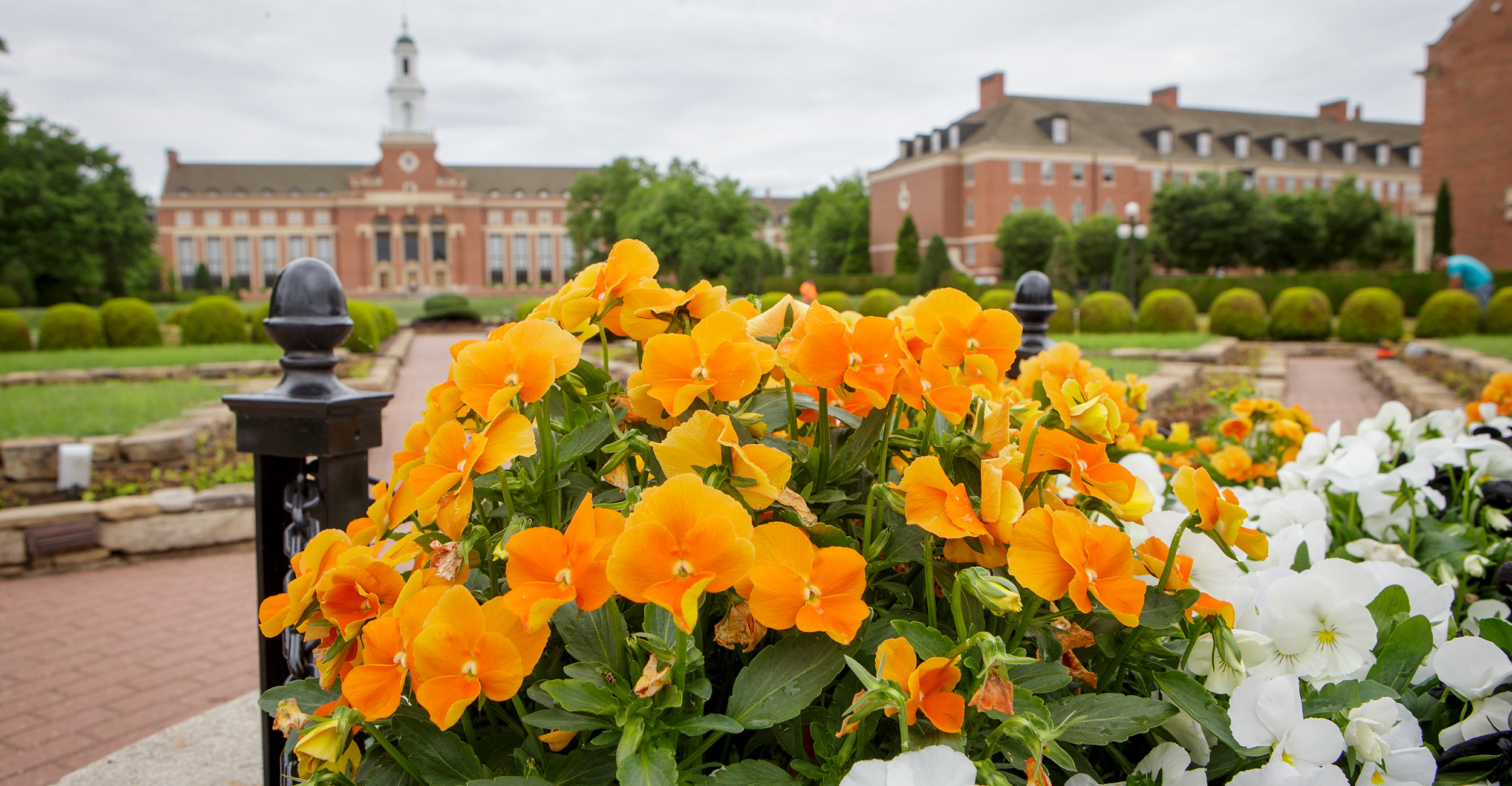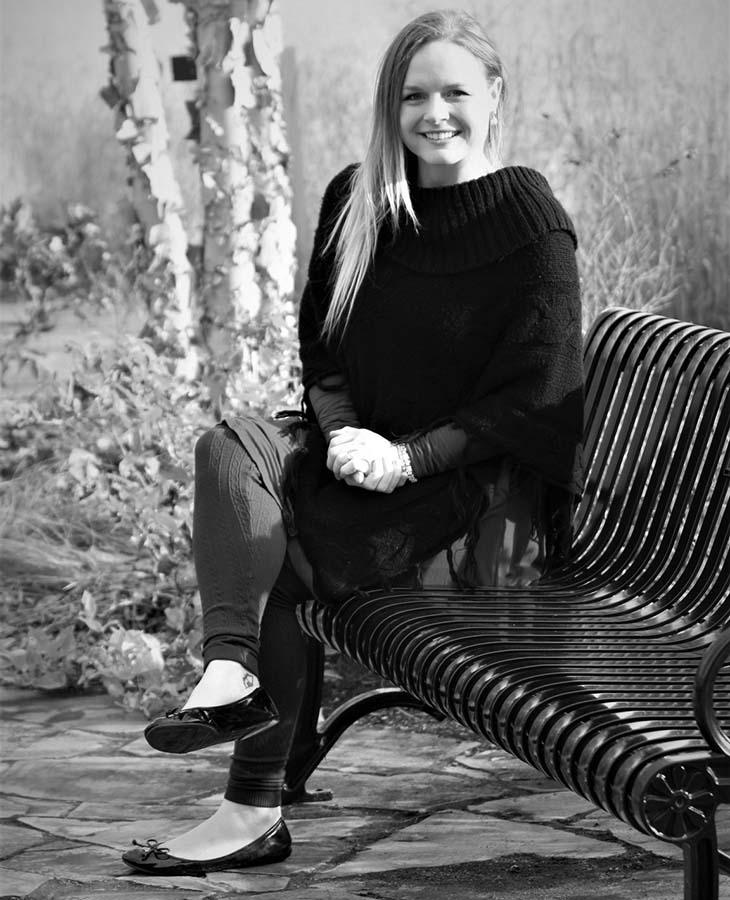
OSU first school in state with bachelor’s degree in American Sign Language
Monday, November 8, 2021
Media Contact: Jordan Bishop | Communications Specialist | 405-744-9782 | jordan.bishop@okstate.edu
Oklahoma State University is tearing down the language barrier for a critically underserved group: Deaf people.
This fall, OSU received approval to make its American Sign Language (ASL) major into a bachelor’s degree program, which is crucial for students who want to learn interpreting and also teach ASL nationwide. ASL was previously only offered as a minor.
Dr. Taylor Woodall-Greene has been working to make OSU the first in the state to offer bachelor’s level courses in ASL for years and finally was able to see her dream come to fruition.
Initially proposed in 2016, the College of Arts and Sciences stated that to have a bachelor’s program, it must have a tenure track professor supporting it. Woodall-Greene, who was an adjunct professor at the time, was close to earning her doctorate so she applied for the position and was appointed as the tenure track professor.
More proposal submissions followed until finally, after being delayed because of COVID-19, the bachelor’s degree program was approved this August to begin classes in Fall 2021.
“I actually just got the official copy probably four weeks ago,” Woodall-Greene said. “I think we have about two students who've already declared their majors as ASL. So that's really cool.”
ASL currently has five professors teaching ASL and a search is open for another tenure-track professor.
Woodall-Greene is excited to see more people sign up for a program she is passionate about. She hopes that it will encourage more inclusivity.
“It is not easy for Deaf people to just learn spoken English,” Woodall-Green said. “They are a complete group that falls under the Americans with Disabilities Act. They are an underserved group, they are a discriminated group, they've experienced oppression so their experiences are coming to light now. And I think that's driving the popularity of our courses.”
Woodall-Greene said the campus has changed a lot since the early 2000s, when it was hard to find Deaf students on campus. She mentioned one student who helped elevate the Deaf community on campus — former Cowboy football player Martel Van Zant, who helped start the university’s first ASL club.
Over the years, the university has taken steps to become more inclusive. As a result, its Deaf student population is growing.
“We have a huge sense of community that's been established here for many years,” Woodall-Greene said. “So Deaf students from the Oklahoma School for the Deaf, more from all over the state who even go to mainstream schools, hear about how OSU has had a strong Deaf community since the early 2000s. There is an ASL club on campus, there are ASL classes. They constantly provide ASL interpreters who are certified and qualified to be at that position. That makes us kind of like a magnet school.”
Part of the inclusivity is a rise in people learning ASL and also Deaf students getting to be taught by Deaf professors.
“We have some amazing instructors who are Deaf,” Woodall-Greene said. “We have three Deaf professors on campus of our five. And we have a sixth professor who adjuncts with us every once in a while when she can, who is also Deaf. So we are practicing what we preach, we're bringing in people who are native to this language and native to the culture, and that are able to teach and instill a passion in people who are taking basic level courses.”
Woodall-Greene is hoping OSU can start a bachelor’s degree for ASL interpreters, as well. It is only offered as an associate’s degree currently. Interpretation is a rapidly growing field and requires a skill set that Woodall-Greene thinks would be difficult to master in two years, as opposed to a four-year degree.

“There is a huge gap between the amount of people who know sign language versus the amount of people who need some language interpreting services,” Woodall-Greene said. “So there is a major call from interpreting training programs to start encouraging students to not only get into the training programs, but to further that education and get a bachelor's degree and become a nationally certified interpreter.”
Currently OSU has associate degree classes in interpretation at its Stillwater and Oklahoma City locations, as well as classes in partnership with Tulsa Community College.
With ASL now being offered as a bachelor’s degree, Woodall-Greene said it will draw a lot of people who need a foreign language credit and are interested in learning to sign. She said it would benefit any profession since there are so few people who are ASL certified.
“Deaf people are everywhere, and Deaf people utilize every service,” Woodall-Greene said. “[ASL] can match with anything, if you want to be a lawyer, if you want to be an engineer or be a doctor, you want to be a plumber, you can be anything. And if you have those [ASL] skills, the Deaf community is going to go to you because you can communicate with them in their first language. And they don't have to try to figure it out via their second language.”
Even with the rise in ASL programs nationwide, Woodall-Greene said there are still not enough people fluent in ASL to help make Deaf people feel more included. She thinks that schools like OSU can help turn the tide.
“If you come here, you're not only going to have a good time at OSU and be a part of this community as a Cowboy or Cowgirl, but also you're going to get to see what it's like to be a part and welcomed by the Deaf community of OSU and Stillwater,” Woodall-Greene said. “That alone will help drive your passion and your interest in becoming fluent and trying to make a difference for a community that deserves it.”
